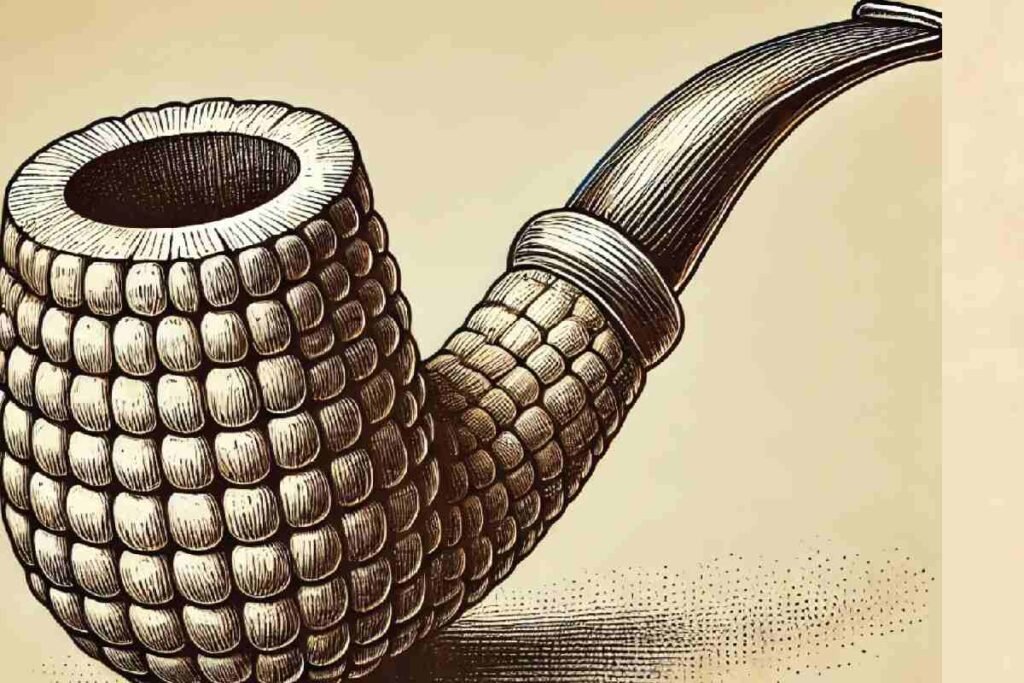Mark Twain’s timeless novel Adventures of Huckleberry Finn has captivated readers for generations. Beyond the text, illustrations of the story, particularly those depicting Huck Finn with his iconic corncob pipe, have become an integral part of its cultural identity. This article delves into the fascinating world of Huckleberry Finn illustrations, exploring their evolution, significance, and how Google Images has revolutionized access to these artworks.
The Historical Significance of Huckleberry Finn Illustrations
Illustrations of Adventures of Huckleberry Finn date back to the novel’s first publication in 1884. Edward W. Kemble, the original illustrator, set the tone with his detailed pen-and-ink sketches, bringing Twain’s vivid characters to life. Over time, these illustrations have evolved, reflecting changes in artistic styles, cultural sensibilities, and technological advancements.
One of the recurring motifs in these illustrations is Huck Finn’s corncob pipe, symbolizing his carefree, adventurous spirit. Although controversial due to its association with a child, the image of Huck with his pipe has remained iconic in visual interpretations of the novel.
The Role of Google Images in Rediscovering Huck Finn Illustrations
Google Images has transformed how we access and appreciate classic literary illustrations. A simple search for “google images huckleberry finn illustrations corncob pipe” yields a treasure trove of visual content, ranging from Kemble’s original drawings to modern artistic interpretations. Here’s how Google Images enhances our understanding:
- Accessibility: Rare illustrations, previously confined to archives and libraries, are now accessible to anyone with an internet connection.
- Comparative Analysis: Users can compare different artistic renditions side by side, noting how illustrators have interpreted Huck Finn’s character and the corncob pipe motif over time.
- Educational Resource: Educators and students can use these images to deepen their analysis of Twain’s work and its cultural impact.
Evolution of Huck Finn Illustrations: A Visual Timeline
| Era | Illustrator | Style and Features |
|---|---|---|
| 1884 | Edward W. Kemble | Detailed pen-and-ink sketches; realistic and expressive |
| Early 20th Century | Norman Rockwell | Idealized Americana; warm and nostalgic |
| Mid-20th Century | Various Modernists | Bold, abstract styles reflecting contemporary art movements |
| Late 20th Century | Adaptation Artists | Mixed media; emphasis on cinematic and dynamic visuals |
| 21st Century | Digital Artists | Digitally enhanced; vibrant, detailed, and imaginative |
The Corncob Pipe: Symbolism and Controversy
Huck Finn’s corncob pipe has sparked debates over the years. While it symbolizes his independence and rebellion against societal norms, some critics argue that it glamorizes inappropriate behavior for children. Modern illustrators often omit or modify the pipe, balancing historical accuracy with contemporary values.
How Illustrations Enhance Reader Experience
- Visual Context: Illustrations help readers visualize the setting and characters, enriching their understanding of the story.
- Emotional Connection: Art evokes emotions, making the narrative more relatable and memorable.
- Cultural Reflection: Each era’s illustrations mirror its societal norms, offering insights into historical contexts.
Leveraging Google Images for Research and Enjoyment
For enthusiasts and scholars, Google Images is an invaluable tool. Follow these tips to maximize your search experience:
- Use Specific Keywords: Phrases like “Huckleberry Finn original illustrations corncob pipe” yield precise results.
- Explore Filters: Utilize Google’s image filters to sort by date, size, and type for targeted searches.
- Check Sources: Click on images to trace their origin, ensuring credibility and context.
A Look at Modern Interpretations
Modern illustrators bring fresh perspectives to Huck Finn’s story. Digital artists, in particular, have reimagined the iconic character with bold colors, dynamic compositions, and innovative techniques. These contemporary works maintain the essence of Twain’s narrative while appealing to today’s audiences.
Comparing Artistic Styles: A Chart Analysis
| Illustrator | Era | Depiction of Huck and Pipe | Artistic Style |
| Edward W. Kemble | 1884 | Realistic, youthful, and rugged; simple corncob pipe | Pen-and-ink sketches |
| Norman Rockwell | Early 20th Century | Wholesome, clean-cut; often omits or softens the pipe | Warm and nostalgic |
| Digital Artists | 21st Century | Vibrant, bold reinterpretations; pipe sometimes abstracted | Digitally enhanced illustrations |
Conclusion
The intersection of classic literature and modern technology has breathed new life into Adventures of Huckleberry Finn. Through Google Images, we can explore a vast collection of illustrations that capture the essence of Huck Finn and his corncob pipe. These artworks not only enrich our appreciation of Twain’s masterpiece but also highlight the evolving relationship between art, culture, and history.
Whether you’re a scholar, educator, or casual reader, the journey through Huck Finn’s illustrated world offers endless opportunities for discovery and inspiration. So why not embark on your own adventure by exploring “google images huckleberry finn illustrations corncob pipe” today?


